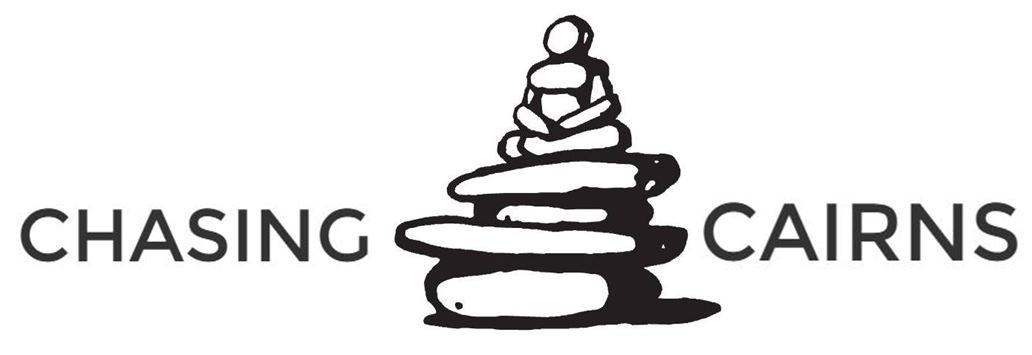Regardless of whether you are cycling, kayaking, or backpacking, it is always nice to have a nice insulated sleeping pad to curl up on after a long day. As with any piece of gear, you have to take into account the weight of your pad, but just because a pad is lighter does notmake it better. With sleeping pads, you also have to think about insulation, cushion, coverage, inflation, durability, and leakage.
Insulation: They make this one pretty easy. Every pad is assigned a R-value. This value designates this pads ability to retain heat or resist heat flow (out of the pad). Higher R-value means better insulation. Values range from 0-10.
- Therm-A-Rest’s NeoAir XTherm has an R-value of 5.7 and is designed for 4-season use.
- Therm-A-Rest’s ProLite Plus has an R-value of 3.8 and is designed for 3-season use.
- Therm-A-Rest’s Z Lite has an R-value of 2.6 and is designed for minimalist 3-season use.
Tips: If you are planning on using a backless sleeping bag or a quilt, you might want to find a pad with a higher R-value to compensate for the lack of insulation.
Cushion: Another way to think about this is pad thickness. Much of this is a question of comfort. The thicker the pad, the more cushion you have from whatever surface you are sleeping on. It also generally means more time spent inflating the pad…
- Therm-A-Rest’s NeoAir XTherm is 2.5 inches thick is designed for 4-season use.
- Therm-A-Rest’s ProLite Plus is 1.5 inches thick and is designed for 3-season use.
- Therm-A-Rest’s Z Lite is .75 inches thick and is designed for minimalist 3-season use.
Coverage: Almost all sleeping pads are 20 inches wide. This accommodates the vast majority of people and the variety of ways in which they all sleep. Length, however, is more customizable. Pads come in a variety of lengths. Small pads are meant to cover ¾ of your body, about 45-50 inches. Standard size pads run from 66-72 inches in length. Larger pads can stretch up 75-80 inches to accommodate taller folks. If you buy an inflatable pad, you’ve got to work within the limits of that pad. Closed-cell pads can be cut to whatever dimensions you desire.
Inflation: No brainer here. Some pads self-inflate, others require manual inflation, others don’t inflate. Pick your poison. I will add that most “Self-Inflating” pads become manual inflating pads at the end of a long day when all you want to do is sleep.
Durability: Durability of your pad depends largely on the type of pad you are using and the materials that pad utilizes. First off, closed-cell pads are basically indestructible. Durability only really comes into play with inflatable pads. Durability and weight have a negative relationship. The lighter the materials, the less durable they are. This holds true for sleeping pads. Although, you can avoid most rips/tears by checking the ground you are sleeping on before blissfully flopping down onto a sharp rock.
- Example: Therm-A-Rest’s NeoAir XTherm uses 70d Nylon Soft grip with 30d High Tenacity upper.
- Therm-A-Rest’s ProLite Plus uses 70d Nylon Soft grip with a 75d Polyester upper.
- Therm-A-Rest’s Z Lite uses molded closed cell foam throughout.
Leakage: Simple. Inflatable pads can leak. Closed-cell pads cannot. They can also expand and contract based on atmospheric/temperature changes.
- Therm-A-Rest’s NeoAir XTherm and ProLite Plus are both inflatables which means that their inflation may change over the course of the night.
- Therm-A-Rest’s Z Lite will never leak.
I will be posting some reviews for specific sleeping pads soon, but, in the mean time, use this basic background knowledge to go check out some pads on your own and see what you think. In the end, your sleeping pad is your mattress, your bed at the end of a long day. Pick the pad that works for you and will provide the most comfortable nights sleep!



Leave a Reply